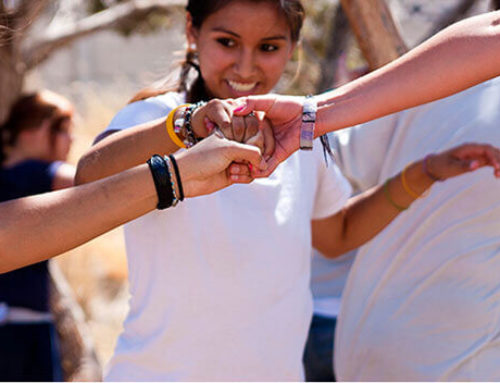The Parodox of Therapy Resistant Adolescents
Many adolescents and young adults feel a confusing mix of invincibility and fragility. A teen may engage in high-risk behaviors such as drug abuse, unprotected sex, or violence, without any fear of consequences, while at the same time experiencing great emotional sensitivity, fragility and fear. This emotional paradox often makes adolescents resistant to traditional talk therapy; a teen may feel a profound fear of being known or exposed along with an exaggerated sense of self-sufficiency. This dual resistance means that talk therapy is unlikely to be effective. When human therapists fail with teenagers, though, all is not lost. It’s time to call in the cavalry – literally. Equine-assisted psychotherapy, or equine therapy, uses horses to engage teens and young adults in a manner that artfully addresses their conflicting feelings of invincibility and fragility.
What is Equine Therapy?
Equine therapy is an emerging but research-supported treatment approach that utilizes horse-handling activities to engage even therapy-resistant clients. This form of therapy generates powerful experiential metaphors – metaphors that reflect how an adolescent patient relates to herself and others. Typically with the support of peers, an equine specialist and an attending clinical therapist, adolescents and young adults examine these metaphors to gain insight into their fears, habits, and unconscious ways of relating. Horses respond with great sensitivity to human social and emotional cues, so interactions with a horse tend to reflect our attitudes and behaviors like a psychological mirror. As issues arise within the equine setting, students have en-vivo opportunities to work toward the understanding and healing of those issues and habits of relating that are gently exposed in the corral.
Why does Equine Therapy Work?
Horses are large, powerful animals that tend to garner the respect of even the most confident young person. Because of their obvious power and because horses respond emotionally to human cues, equine-therapy clients are forced to combine clarity, humility and confidence in order to interact successfully with their equine partner. Working with a horse can call the bluff of overconfident teens while creating opportunities for them to build authentic, reality-based confidence – the kind that comes from influencing a mighty creature through the power of a wordless relationship. At the same time, horses are not as emotionally demanding, invasive or threatening as people often are. This creates a safe relational context that allows the human facilitator, or equine therapist, to operate indirectly with an otherwise resistant client through the surrogate relationship the client forms with the horse.
Because equine therapy occurs in a group setting and requires verbal and non-verbal communication, it is also an effective method for teaching teamwork, communication, and problem solving. It provides a natural setting in which to face fears and increase confidence and self-esteem. Equine-assisted therapy also provides a safe context for addressing emotional blocks and developing new, pro-social ways of relating. Students like equine therapy because it is highly social, challenging and often fun. Therapists like it as a therapeutically powerful and often life-changing modality, even with therapy resistant teens and young adults. The bond formed between equine therapy clients – even those initially unaccustomed to or even afraid of horses – and their equine partners can be transformative. Equine therapy is effective not only for therapy-resistant teens, but for children, families, and those with developmental and other disabilities.
Equine therapy programs should be facilitated by a licensed therapist and an experienced EAGALA (or other recognized accrediting body) certified equine specialist. EAGALA is the premier professional association providing education, standards, and support for professionals providing equine therapy.




